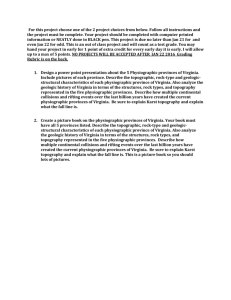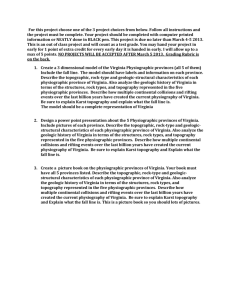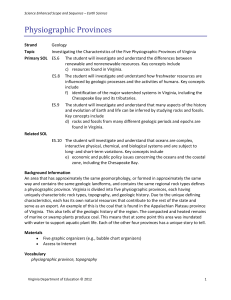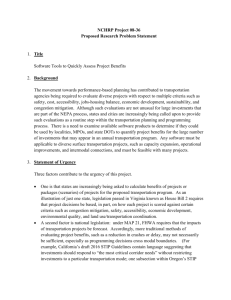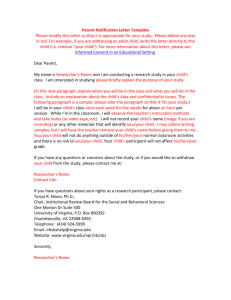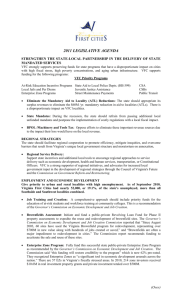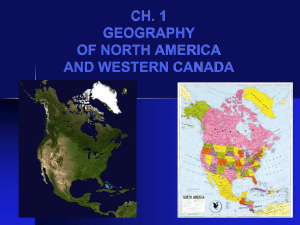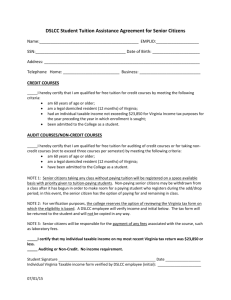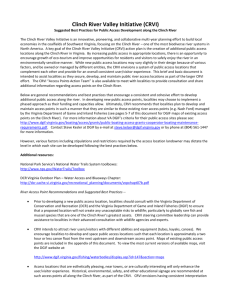Exam 1
advertisement
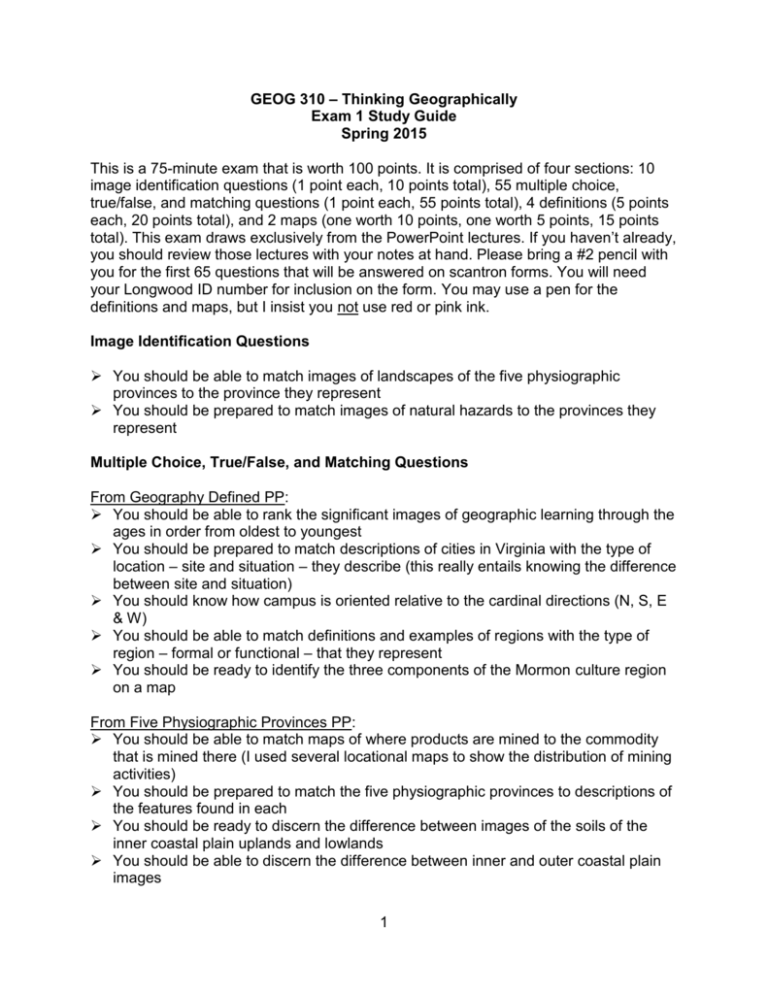
GEOG 310 – Thinking Geographically Exam 1 Study Guide Spring 2015 This is a 75-minute exam that is worth 100 points. It is comprised of four sections: 10 image identification questions (1 point each, 10 points total), 55 multiple choice, true/false, and matching questions (1 point each, 55 points total), 4 definitions (5 points each, 20 points total), and 2 maps (one worth 10 points, one worth 5 points, 15 points total). This exam draws exclusively from the PowerPoint lectures. If you haven’t already, you should review those lectures with your notes at hand. Please bring a #2 pencil with you for the first 65 questions that will be answered on scantron forms. You will need your Longwood ID number for inclusion on the form. You may use a pen for the definitions and maps, but I insist you not use red or pink ink. Image Identification Questions You should be able to match images of landscapes of the five physiographic provinces to the province they represent You should be prepared to match images of natural hazards to the provinces they represent Multiple Choice, True/False, and Matching Questions From Geography Defined PP: You should be able to rank the significant images of geographic learning through the ages in order from oldest to youngest You should be prepared to match descriptions of cities in Virginia with the type of location – site and situation – they describe (this really entails knowing the difference between site and situation) You should know how campus is oriented relative to the cardinal directions (N, S, E & W) You should be able to match definitions and examples of regions with the type of region – formal or functional – that they represent You should be ready to identify the three components of the Mormon culture region on a map From Five Physiographic Provinces PP: You should be able to match maps of where products are mined to the commodity that is mined there (I used several locational maps to show the distribution of mining activities) You should be prepared to match the five physiographic provinces to descriptions of the features found in each You should be ready to discern the difference between images of the soils of the inner coastal plain uplands and lowlands You should be able to discern the difference between inner and outer coastal plain images 1 You should be ready to match the four major Triassic basins to their locations on a map You should be prepared to match descriptions of major geomorphological changes over time in Virginia to the time period in which they occurred (this essentially asks you to rank them from oldest to youngest) This is not a comprehensive list of the subject matter on the exam, only descriptions of the large blocks of questions. There will be other questions drawn from the PowerPoints. Definitions In definitions, you need to define the term (what is it?), identify which province it’s found in (if applicable), and what is significant about it (what it relates to in the bigger scheme of things and NOT because I talked about it). You should be prepared to define four out of a selection of six of the twelve terms below: Activity space Barrier Island Company town Fall Line GIS Karst topography Kyanite Mountaintop removal Pamunkey soil Situation Triassic basin Vernacular region Maps I will provide you with maps showing Virginia elevations and physiography. Using those as guides, you will be drawing the boundaries of and naming the five physiographic provinces on a map of Virginia localities. Locations of lines and spelling count – 10 points On a map of Virginia showing only localities, you will draw the boundaries of and label five Virginia vernacular regions of my choosing. Locations of regions and spelling count – 5 points Your best strategy for all of my exams is to sit down with your notes and go through the PowerPoint lectures. I gave information and told stories about every image, map, and diagram on the slides. It is from those details that a large portion of the exam questions are drawn. 2
